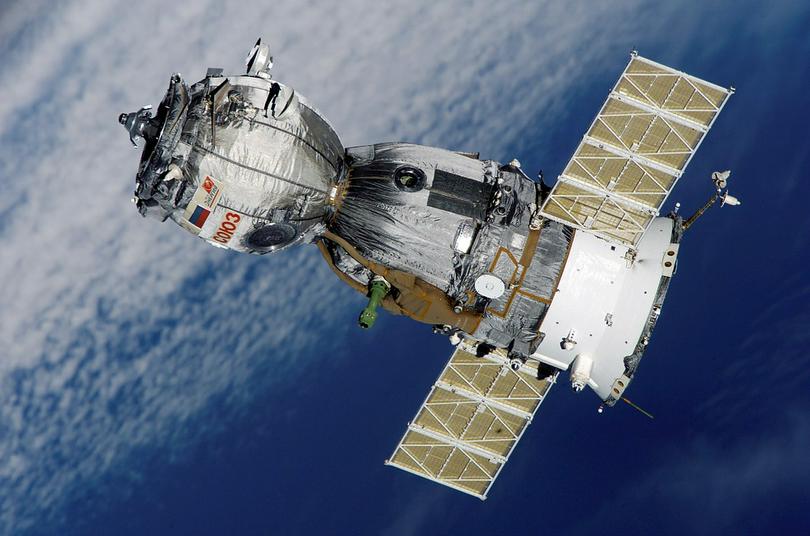Chinese scientists are now designing a new type of spacecraft that can move a de-orbiting satellite back into its intended orbit, thus extending its period of service, media reports said on Monday, August 13, 2018.
According to news reports from Xinhua, the engineers from the China Academy of Space Technology are currently conducting research and development on the proposed spacecraft, which would be helpful in bringing satellites that have run short on fuel or experienced technical problems back to their designed trajectories.
Connecting Satellites Via Robotic Arms
The new spacecraft is engineered to connect to a target satellite via robotic arms and will later provide attitude control assistance that will eventually push the satellite back into its proper orbit.
Meanwhile, once it finishes a life-extension task with a satellite, the service spacecraft will undock with the target and autonomously fly toward the next satellite that requires assistance.
2 years in the making
On the other hand, the spacecraft's Research and Development aspect will take about two years to complete.
Once the vehicle enters service, it is expected to bring at least 10 years of extra operational time to multiple satellites according to the sources cited by China Daily.
The vehicle will enjoy great commercial potential in the satellite industry, said Hu Di, chief designer of the spacecraft.
What are Satellites and how does it help us?
Satellites have a lot of functions which help the planet in many ways.
A satellite is a moon, planet or machine that orbits a planet or star. For example, Earth is a satellite because it orbits the sun. Likewise, the moon is a satellite because it orbits Earth. Usually, the word "satellite" refers to a machine that is launched into space and moves around Earth or another body in space.
According to an article in NASA'a website, Earth and the moon are examples of natural satellites. Thousands of artificial, or man-made, satellites orbit Earth. Some take pictures of the planet that help meteorologists predict weather and track hurricanes. Some take pictures of other planets, the sun, black holes, dark matter or faraway galaxies. These pictures help scientists better understand the solar system and the universe.
Other satellites are used mainly for communications, such as beaming TV signals and phone calls around the world. A group of more than 20 satellites make up the Global Positioning System, or GPS. If you have a GPS receiver, these satellites can help figure out your exact location.
Before satellites, TV signals didn't go very far. TV signals only travel in straight lines. So they would quickly trail off into space instead of following Earth's curve. Sometimes mountains or tall buildings would block them. Phone calls to faraway places were also a problem. Setting up telephone wires over long distances or underwater is difficult and costs a lot.
With satellites, TV signals and phone calls are sent upward to a satellite. Then, almost instantly, the satellite can send them back down to different locations on Earth.








